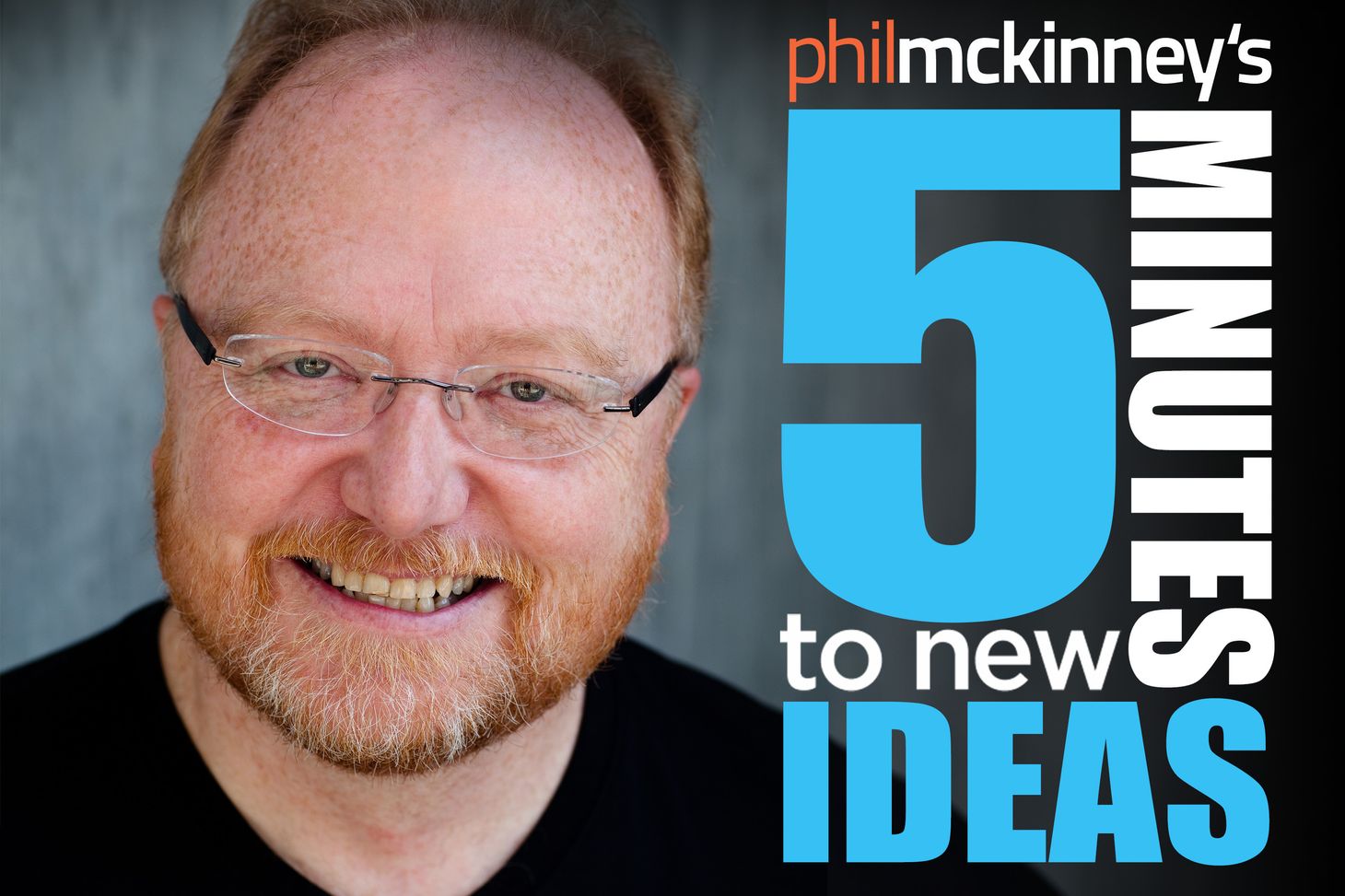Who do I not want to use my product now, but may want to in the future

We tend to assume that any customer is a good customer.
However, if you find that you’re working like crazy and have a solid and reliable customer base, but you’re still not making the profits you expected, then ask the Killer Question, Who do I not want to use my product?
Do you remember back when dial-up Internet service first started to transition to the mainstream?
In the early ’90s companies like AOL, CompuServe, and EarthLink began offering access to the web that was billed by the minute.
The more you used, the more you paid.
Logical, right?
These three companies essentially offered the same product on the same terms.
Very quickly, the people who used the services they offered divided into two camps.
The majority logged on once or twice a day, checked their e-mail, read some sports stats or gossip, and logged off.
However, a small minority logged on for hours or days at a time.
These people quickly ran up bills in the thousands. Now—pop quiz—is this a good thing or a bad thing for your business?
These high-volume users love your service, but paradoxically their passion for what you offer will almost inevitably force them to stop, or drive them into an untenable situation if they try to continue.
So, if you were running AOL, CompuServe, or EarthLink, what would you do?
Continue the same pricing structure that strongly disfavored your most ardent users, or figure out some way to continue improving profits without punishing the people who really, really love what you do?
In other words, would you decide to keep or push out these high-use customers?
In the end, AOL was the first to take a radical step to address these questions.
In 1996, they switched from a pay-per-minute system to a flat-rate fee.
This was a daring and audacious move because they risked seriously alienating low-usage customers who were used to paying less than twenty dollars a month.
On the flipside, they had to massively upgrade their infrastructure in order to accommodate demand.
AOL was bombarded with complaints about busy signals and slow speed.
Users joked that AOL stood for “Always Off Line.”
For a short while it looked like they might have made a poor decision.
However, this new flat fee addressed a fundamental fear that even low-usage customers had with the old pricing formula.
Namely, not knowing how much the monthly cost was going to be.
AOL’s new strategy took away the stress that came with worrying about the bill.
Parents no longer had to hover over their kids and nag them about getting offline.
The result was that the company shot ahead of all of the others and became the leading ISP through to the early 2000s.
The other companies—EarthLink, CompuServe, and Prodigy—quickly copied AOL’s new pricing structure, but AOL had the huge advantage of being the first mover.
Their competitors looked like copiers, whereas AOL looked like a game-changer.
They won that round.
In the early days of the mobile phone industry, telecom companies grappled with similar issues with their cell-phone customers hogging the bandwidth in a given area.
Parents would toss a cell phone into their baby’s crib, dial another cell phone from it, and keep the line open all night, using it as a baby monitor under the “free evenings and weekends” pricing promotions.
More recently, people have used their smartphones as jury-rigged security systems by streaming constant live footage from their office or home security cameras while they are on vacation.
Anyone who’s experienced problems with AT&T’s network in urban areas can understand why this might be an issue.
So, are these customers abusive?
Do you want them?
Should you penalize them for using vastly more than their share of the network and compromising connectivity for other users?
If I were still working in the wireless industry, I’d be looking at ways to understand and migrate the high-volume users into an elite program.
My feeling is that if someone loves what you do, and uses it habitually, then that’s a customer you want to hold on to.
If what you see as abuse is actually foresight—being ahead of a curve—then you might be looking at a future revenue stream rather than a problem.
You just haven’t figured out how to separate out this use, give it its own program apart from the existing customer agreement, and monetize it.
In this situation, it’s worth taking the time to figure out a way to find a satisfactory medium between their needs and yours.




